Emergency Whistle Give-Away
(Emergency Plan Guide stands out in the world of preparedness and survival for its emphasis on building community. The Emergency Whistle Give-Away is an example of an event aimed at awakening new interest and rebuilding enthusiasm among your neighbors!)
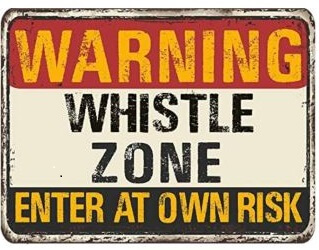
Months of shut-down due to Covid continues to have an impact here in our Southern California senior community. Two months ago we cautiously began the rebuilding of our emergency preparedness program – remember the Advisory about how we began to revive our group after months of inaction?
Our work is still hampered by uncertainty regarding just how closely we want to gather, whether masks should be required, and by a general wariness about making any long-range plans.
However, even with interruptions, I think we can already call our first “campaign” a success! I am excited to bring you the update on “The Emergency Whistle Give-Away.”
Our 2021 re-building process started with new inclusive positioning.
In the past, our group has been made up of volunteers who chose to join because they had an interest in preparedness, learning about emergency gear, etc. In marketing terms, a self-selecting audience. But what with normal attrition, aging out, moving away and isolation caused by COVID, our membership has shrunk dramatically over the past few years!
So this year we were forced to came up with a whole new positioning.
Starting now, everyone in our community is automatically a member of our group! Our emphasis will be on providing info and training to everyone, not just members of a self-selecting team.
How do we reach out to our community?
In our senior community of over 300 homes, the most successful social events pull a maximum of 80 people. This means that the majority of people never come to any given event.
We have to take our info and our programs to them. We have used various delivery methods. (Which have you used? With what results?)
- Community-wide meetings (Fire Dept. is always the biggest draw.)
- Division-level meetings (We have divided our community into 6 divisions for emergency planning.)
- Face to face delivery of info, flyers, etc. within each Division
- Printed newsletter going to everyone (Some neighbors don’t read English.)
- Email notices (Limited number of people on this list.)
- Reverse directory telephone call messages (Some people opt out.)
- Zoom calls (Even more limited number of participants.)
As you can see, during the Covid shut-down, the first three delivery methods were unavailable!
The 2021 solution? Attract new interest by delivering a physical gift related to emergency preparedness to every single home!
One of our group members came up with the idea of an Emergency Whistle Give-Away. A whistle is a winner! Not expensive. Small and neat. FEMA recommends them. People already know what they are and how to make them work.
Together we developed a “gift package.” It included a bright orange flat plastic safety whistle in a black plastic baggie holding a blue instruction sheet. Simple, easy, appropriate for our audience.
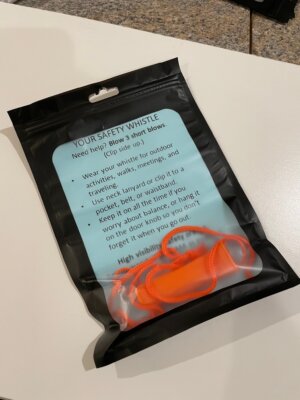
Here’s the gift, and our process . . .
- Step 1: Order whistles and baggies. (See below for what we ordered.)
- Step 2. Draft and trim blue instruction sheet to fit the baggie. (We made a separate version in Mandarin.)
- Step 3. Stuff the baggies.
- Step 4. Draft and print a wrapper (A flyer introducing the Emergency Response group) for each whistle package.
- Step 5. Roll and wrap and rubber band!
- Step 6. The last step is to deliver a wrapped whistle package into the “tube” at every single home in the neighborhood. (The tubes are a section of pvc pipe fastened to the mailbox post and owned by the HOA. Can’t use the US Mail boxes for a distribution like this!)
All this effort attracted stuffers who found rolling and stuffing and chatting a welcome hour away from home. The bonus — we met several neighbors who had never attended one of our meetings before!
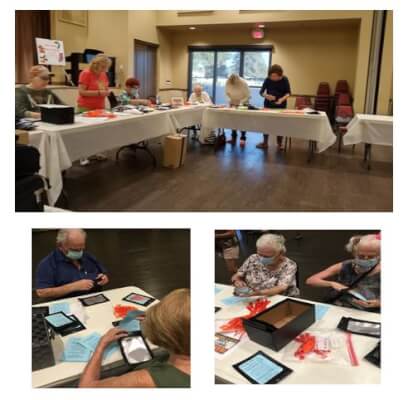
Joe and I just finished delivering to our Division. Along the way we waved as we passed two other Division Leaders doing the same thing. All the whistles are scheduled to be in our neighbors’ hands by tomorrow noon!
The results of our rebuilding activities — so far?
We’ve been working on this, and holding stuffing parties, for several weeks. As you can imagine, the word got out.
People have already been asking: “When will I get my whistle?” “Can I take a couple extra for friends who are house bound?” “Did the property managers get whistles, too?” “Will the whistles scare away coyotes?”
To all questions the answer is YES!
After tomorrow, I expect more questions. We intend to bring the whistles into all our future planned discussions, starting early next year on reminders about earthquake preparedness.
In any case, even though the project isn’t completely finished, I think it’s safe to say our “Revival Campaign starring the Emergency Whistle Give-Away” has already been a big success. It has aroused interest. It attracted a handful of brand-new volunteers. And it is reaching everyone in our community.
If you’re looking for a fun activity to engage your own neighbors, consider an Emergency Whistle Give-Away!
What we purchased for our gifts.
Flat Orange Safety Whistle with Lanyard
We looked for a flat whistle because it’s convenient to tuck into a purse or pocket. The one we chose has a clip plus a lanyard to make wearing easier. Bright orange or red? Of course! And if it goes missing? Not a great loss.
The Black Mylar Gift Bag with See-through Window
This version of a gift bag comes in various sizes. The one you see in the illustration above is 4.7 x 7.9 in. The bags are resealable, and they came sealed. It took us a while to get the hang of opening them.
We have already had fun with this project. It has been perfect as a way to “get back into the swing of things” after our way-too-long hiatus. I hope you’ll consider something as simple and as effective to help rebuild YOUR group!
Virginia
Your Emergency Plan Guide team
P.S. If you’d like a copy of what we wrote on the blue Instructions sheet, just drop me a note. I could send you the version in Mandarin, too!

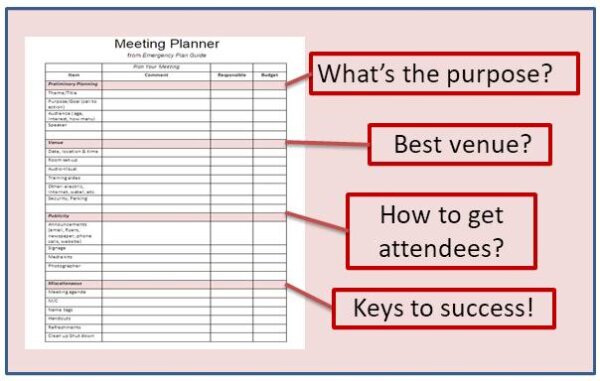

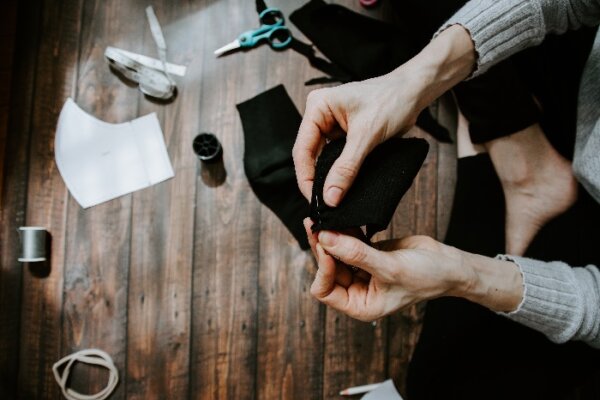
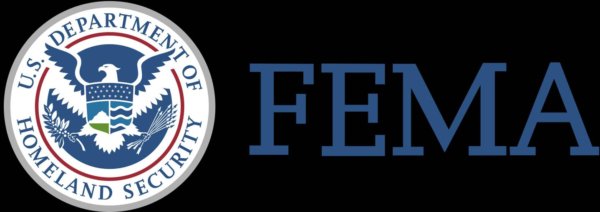
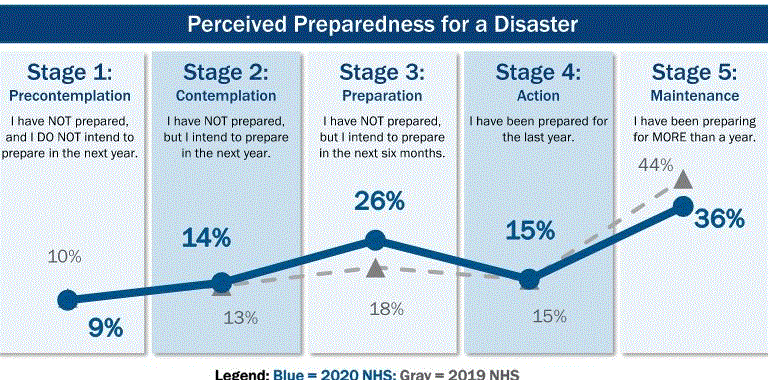

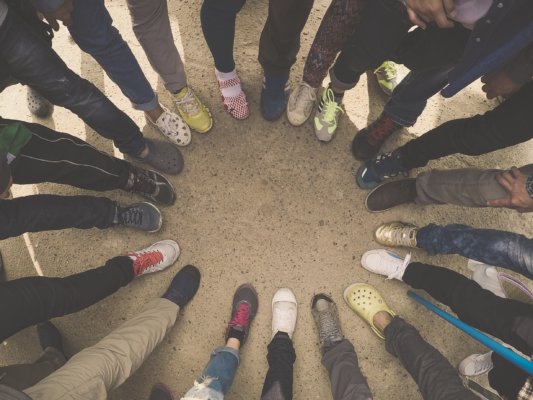
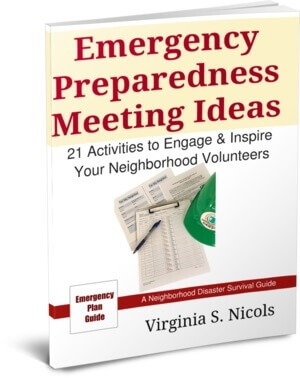

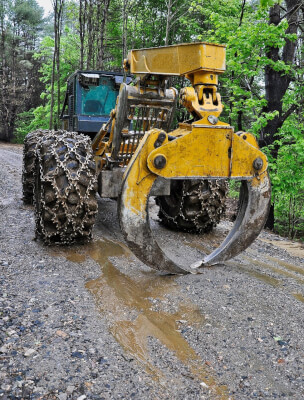
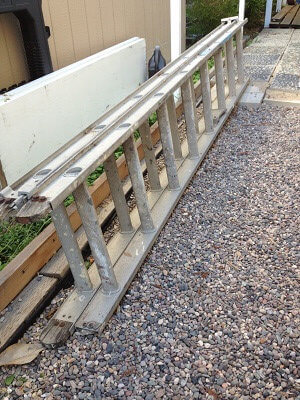
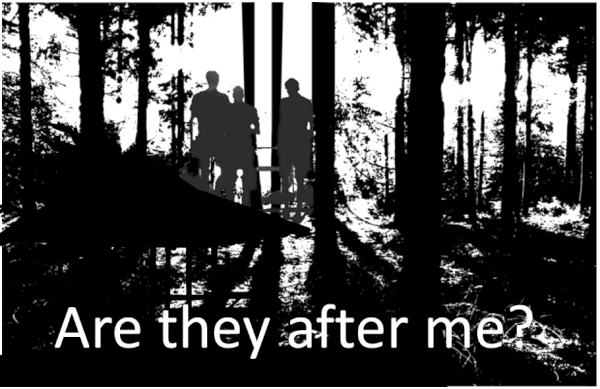 Do you ever roam the internet, checking out different survival forums and blogs?
Do you ever roam the internet, checking out different survival forums and blogs?